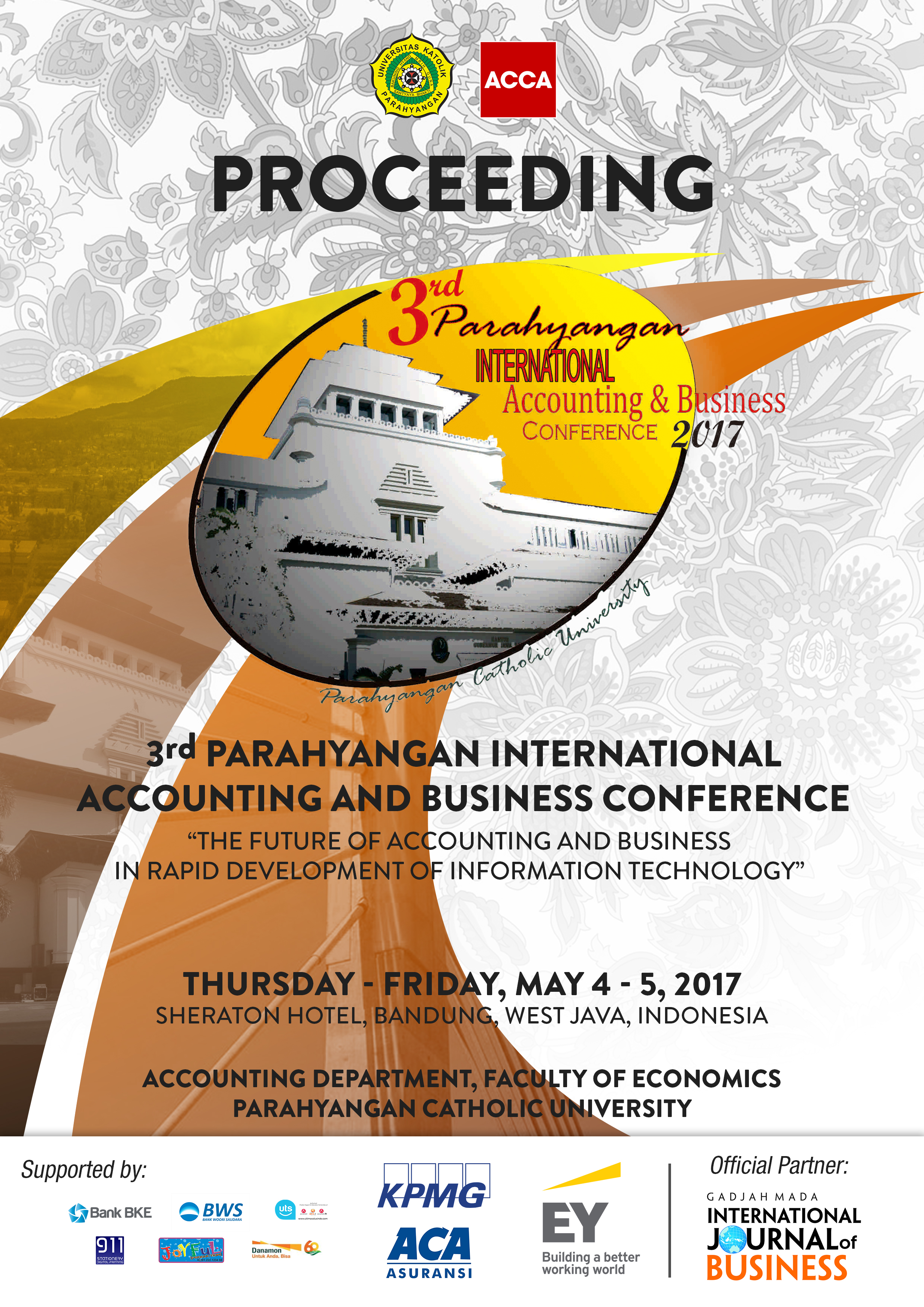FOREIGN HOLDING COMPOSITION AND EXCHANGE RATES IN INDONESIA
Abstract
This paper contributes to the portfolio investment and exchange rates dynamics literature in a small open economy, the Indonesia market, by investigating the joint dynamics of foreign holding composition and exchange rates that is considered as a vital issue for investors and policy maker. Indonesia Central Securities Depository (KSEI) classifies foreign holding composition into nine categories—corporation, individual, mutual fund, securities company, insurance, pension fund, financial institution, fondation, and others. For this purpose, Vector Error Correction model, Vector Autoregression (VAR) framework, and granger causality are used to assess the dynamic relationships among foreign short-term portfolio ownership, in equity, local currency corporate and government bonds, and exchange rates. The analyzed time-span is 2009-2016 and this paper employs monthly data of foreign holding of Indonesia financial assetsand the exchange rate. The results show that there exists a unidirectional causality that runs from foreign corporate, mutual fund, insurance, and pension fund ownership to exchange rates, in the long-term. In the short-term, there is a unidirectional causality that runs from foreign ownership under corporate, mutual fund, and other categories to current exchange rates. In general, the results show that foreign institutional ownership of Indonesia financial assets affect exchange rates both in the long and short term, which is the first time this has been investigated.
Keywords: Foreign holding composition, exchange rates, Vector Error Correction Model, Vector Autoregression, Granger Causality

